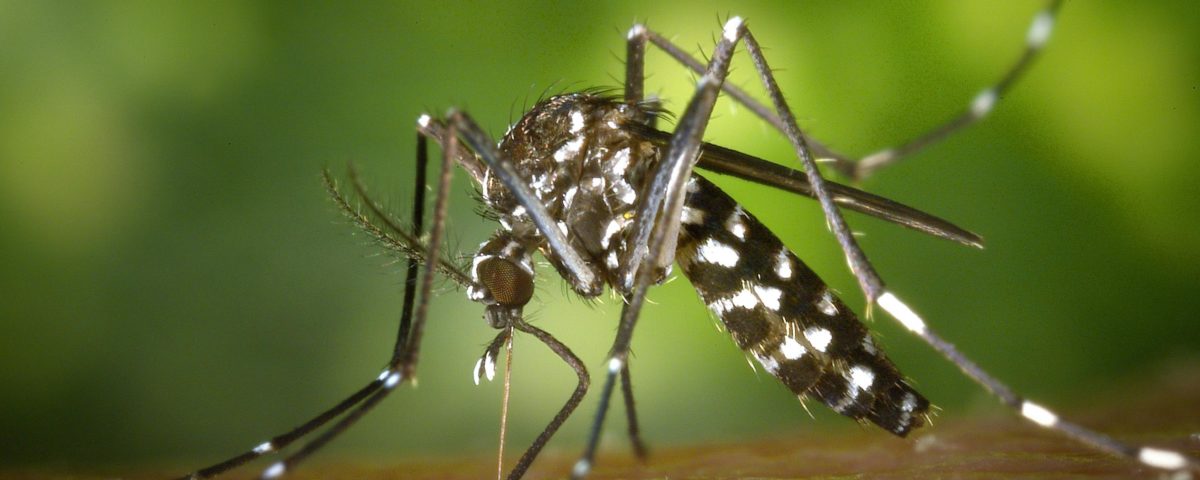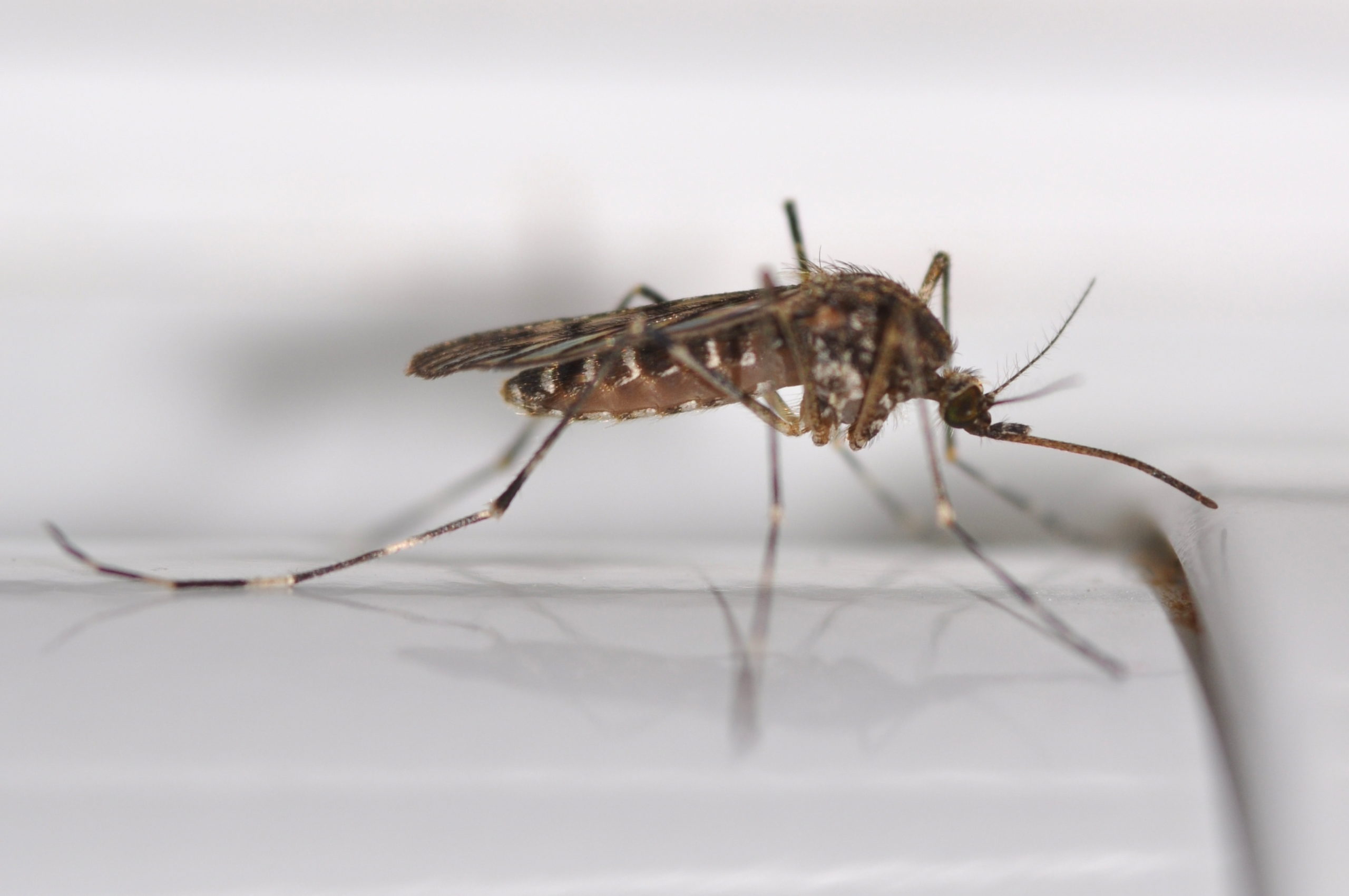This website uses cookies so that we can provide you with the best user experience possible. Cookie information is stored in your browser and performs functions such as recognising you when you return to our website and helping our team to understand which sections of the website you find most interesting and useful.
Asian tiger mosquito has established a local population in Bratislava

Aedes albopictus.
According to the first monitoring results, the invasive Asian tiger mosquito, which was recorded in 2023 in the Ružinov district of Bratislava, has managed to overwinter in this location, has settled here and forms a local population. The occurrence of the Aedes albopictus mosquito was first reported by the Biomedical Research Center of the Slovak Academy of Sciences in February 2024. The researchers of the Biomedical Research Center are cooperating with the Municipality of the Capital City of the Slovak Republic of Bratislava in order to verify its overwintering.
“The Asian tiger mosquito was also recorded this year at the same locations in Ružinov. Both females and males and freshly laid eggs were found. We can distinguish it from our mosquito species quite easily because it is pure black, with snow-white stripes on the legs, no spots on the wings and a white stripe on the chest and head. In Slovakia, this species of mosquito was also recorded in 2012 in the vicinity of Košice, but it failed to establish itself here,” says Dr. Viktória Čabanová from the Biomedical Research Center.

Culiseta annulata.
The scientist is currently working on a DNA comparison of the individuals, which can, among other things, bring us closer to the countries from which the mosquitoes arrived here. The results will be known in a few weeks.
Aedes albopictus has spread from Asia to the rest of the world through the importation of commodities such as tyres. It carries 22 different viruses, including the exotic dengue, chikungunya, Zika or yellow fever viruses.
West Nile virus and Usutu virus are circulating in Slovakia. Exotic viruses such as dengue, chikungunya and Zika do not spread locally. All human cases to date are imported. The mosquito is only a potential carrier, but not the source of infection, so its presence does not automatically mean the spread of communicable diseases.
“To prevent the spread of viruses, it is extremely important to eliminate this mosquito at the outset and not allow it to take up permanent residence and multiply in our country. It thrives most in man-made hatcheries – containers and pots with little water, flower pots, gutters, drains or water-filled waste. Therefore, it is in the hands of all inhabitants to reduce its numbers and stop it from breeding,” says Viktória Čabanová.
Invasive mosquitoes can be tackled with very simple and easy steps. Following them can very significantly reduce the number of these species and their further spread. Scientists advise residents to look carefully for potential breeding sites. A large number of containers holding rainwater are regularly found around houses. Garbage should be collected and landfills eliminated. By clearing away this trash and sorting it, the chances for invasive mosquitoes to see them as potential breeding sites are greatly reduced.
“Notify your neighborhood in case of a reported occurrence. Always check your car and luggage for unwanted mosquito souvenirs before leaving a foreign country. And last but not least, we urge the public to get involved in monitoring using the Mosquito Alert mobile app, which allows anyone to track invasive mosquitoes using their mobile phone. The app is freely available on Google Play or the Apple Store,” adds the scientist.
Contact:
Ela Rybárová, PR Manager, BMC SAS, tel.: +421 911 744 756
Dr. Viktória Čabanová, Independent Researcher, Institute of Virology, BMC SAS, viktoria.cabanova@savba.sk
Text: Press release of the BMC SAS
Foto: Pixabay; Wikimedia Commons







